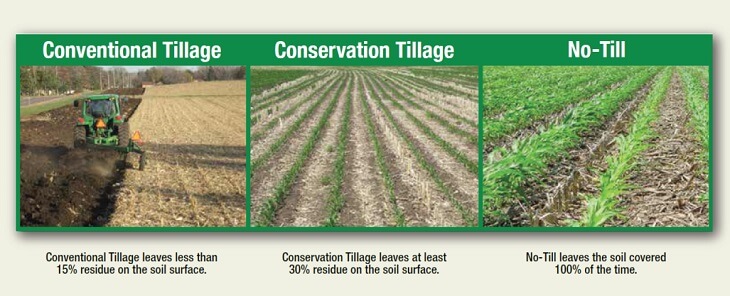Why Use A Cover Crop?
In today's farming community, everyone understands much more about soil health than in years past. More acres are in conservation or no-till systems than ever before and those farms are seeing the benefits of a healthier soil. Many are taking the next steps by planting cover crops and keeping their soil's natural cycles intact through the winter. Higher yields, lower production costs, increasing water retention, weed suppression, improved tilth, nitrogen fixation and nutrient recycling are just a few benefits from growing a cover crop. American farmers are making a positive impact in their communities through land stewardship practices like planting cover crops. In this way, farmers are leading the way to protect our natural resources for future generations.

Cover Crops...
- Can supply organic nitrogen that can be used by the subsequent crop lowering the amount of purchased N needed and cutting production costs.
- Increased soil organic matter resulting in improved soil tilth which leads to increased water infiltration, less soil compaction and higher populations of beneficial soil organisms - all key components of maximizing cash crop yields.
- Reduce soil erosion losses from wind and water; conserving soil and protecting water and air quality.
- Act as a mulch to increase and extend soil moisture retention resulting in less crop moisture stress and higher yield potential.
- Reduce the population of unwanted weeds through soil shading and competition. It can also serve as a mulch for the next cash crop, suppressing weeds and reducing herbicide usage and expense.
- Break the disease and pest cycles.
- Can be used as both a cover crop and grazing forage which spreads costs and adds value to multiple farm enterprises.
- Benefit many wildlife species; promote beneficial insects and increase pollination activity.